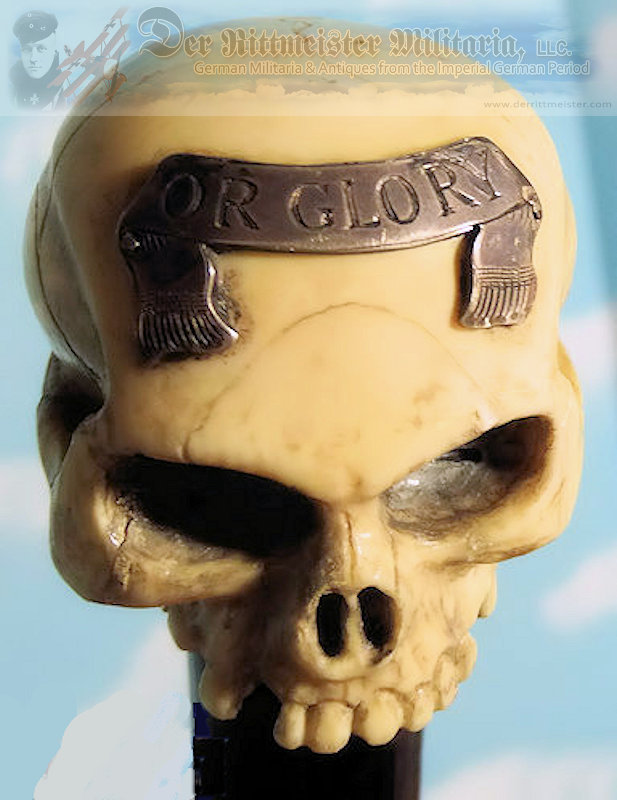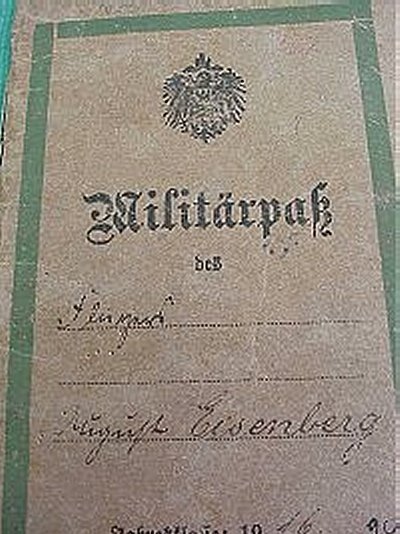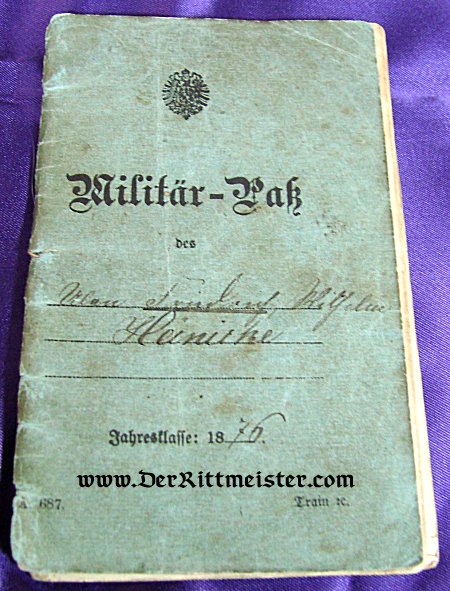Description
I am sure you are wondering why in the world we are offering an item attributed to a British cavalry regiment, but read on]! The regiment is best-known as one of the regiments attached to a cavalry brigade during the Crimean War. [Are you starting to tingle yet]? Yes, it was one of the regiments that formed the Light Brigade involved in the famous incident recounted in Alfred, Lord Tennyson’s 1854 narrative poem “The Charge of the Light Brigade.” It took place during the Crimean War (1853-1856), which pitted England, France, Sardinia, and Turkey against Russia. This costly war saw the loss of at least 750,000 lives.
The Light Brigade’s charge took place on 25 October 1854. The Brigade consisted of 670 officers and men from the 4th and 13th Light Dragoons, the 8th and 11th Hussars, and the 17th Lancers, five very small and under-strength regiments. Through miscommunication, they were ordered to attack Russian positions consisting of some twenty infantry battalions and a large number of cannons. The charge took the Light Brigade through a valley wherein they were surrounded by Russian troops on three sides. The result of the charge was disastrous. Out of the 670 men, 110 were killed and 161 were wounded. The horses fared even worse, with some 350 killed during, or destroyed after, the battle.
This was the 17th Lancers’ greatest claim to fame. The regiment was originally founded in 1759, and was known as the Duke of Cambridge’s Own or the 18th Regiment of Dragoons. The regiment was renamed countless times over the years. In 1766 they became the 3rd Regiment of Dragoons. 1769 saw them christened the 17th Dragoons. Ultimately, they were designated the 17th Lancers. The regiment saw service in Germany, France, Jamaica, the United States (from 1775 to 1781 during the American Revolution, participating in numerous battles), South America, a brief appearance in 1879 South Africa, and extensive experience in India from as early as 1817, then the 1850’s and up into the 1880’s. It was amalgamated with the 21st Lancers to form the 17th/21st Lancers in 1922.
When the regiment was formed by its initial commander, Col. John Hale, he created a cap badge that was worn by the regiment until its amalgamation in 1922. It was a Death’s Head with the legend “Or Glory” (as in “Death or Glory”) in honor of the great General James Wolfe. The Death’s Head used by the regiment was more like the Braunschweig Totenkopf used by Infanterie-Regiment Nr 92 and Husaren-Regiment Nr 17 than the Prussian-style Totenkopf employed by Leib-Husaren-Regiment Nr’s 1 and 2.
So our offering today is a gentleman’s walking stick that belonged to a member of the 17th Lancers. The walking stick dates from the period of 1880 to 1890. British officers of the time frequently used walking sticks, both in and out of uniform. They (as well as swagger sticks) were an important part of a British officer’s uniform. What makes this walking stick so unusual is that it incorporates a skull or “Death’s Head” into the stick’s handle. Naturally, one was never expected to use it the way a disabled person would use a cane (i.e., putting one’s full weight on it). It was intended as a walking “accessory,” which also explains why its shaft is quite short. It just was too short to use as a conventional cane.
The shaft appears to be made from bamboo that has been stained dark-brown. The stick measures 34″ from the base to the skull’s top and is 3″ in circumference. A modern-day rubber tip has been added to protect the cane. The skull, is 2 ¼” tall and measures 5 ¾” in circumference at its top. It is made from a very high grade of ivory. If you look at the detailed photos, you will see both decorative lines and some cracks. Some of the cracks are natural, while others are skillful repairs where the skull was slightly damaged. [Had I not mentioned it, you would not have guessed it had been cracked in the past]. Whoever did the repair was very skilled and patient. A gorgeous silver bandeau that proclaims “Or Glory” adorns the skull’s front.
This is an amazing piece of history. Although it is not German, we find it fascinating from a historical standpoint. Its materials and craftsmanship are simply breathtaking.
This is a consignment item.








